AO Edited
Longhorn Cavern
An immense cave that has served as an outlaw's treasure trove, an underground dance hall, a nuclear fallout shelter, and much more.
This limestone cave in central Texas was carved by a river that has long since dried up. Now known as Longhorn Cavern (because the wide mouth in its ceiling caused several unsuspecting longhorns to fall to their deaths), the subterranean site has been used by humans for thousands of years.
There is evidence that parts of the cave were used to mine materials for arrowheads and other weapons and tools. During the Civil War, Texans mined the caverns for guano (bat poop), which could be used as an ingredient in gunpowder recipes. Legend has it that failed train robber and outlaw Sam Bass, who wreaked havoc on the nearby city of Round Rock in the 1870s, hid his stash of stolen cash in the caves, though it has never been found.
In the 1920s, the massive main room of the cavern served as a dance hall called the Underground Ballroom. In the 1960s, Longhorn Cavern became a licensed and stocked nuclear fallout shelter, capable of holding over 1,000 people and stocked with food, water, and other supplies.
Inside the cave, you can find a number of distinct formations. There’s the Queen’s Throne, which resembles an immense, high-backed chair. Standing nearby is a white stone formation that resembles a hound standing at attention. The formation was not carved but discovered by Civilian Conservation Corps workers in another part of the cave. It was moved to be near the throne, and given the nickname the Queen’s Watchdog.
Plan Your Trip
The Atlas Obscura Podcast is Back!



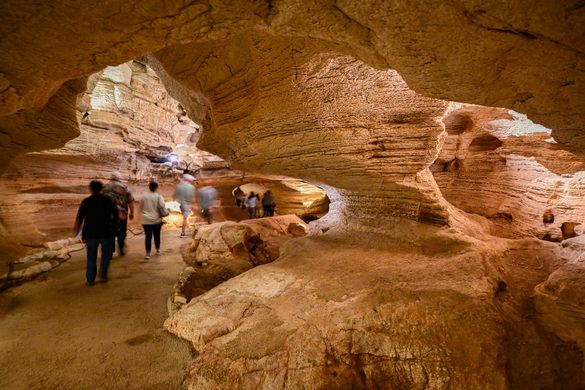
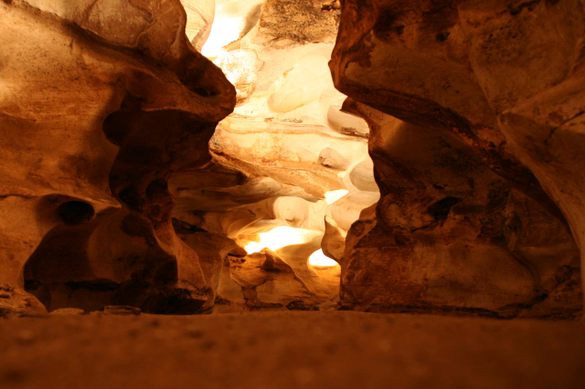


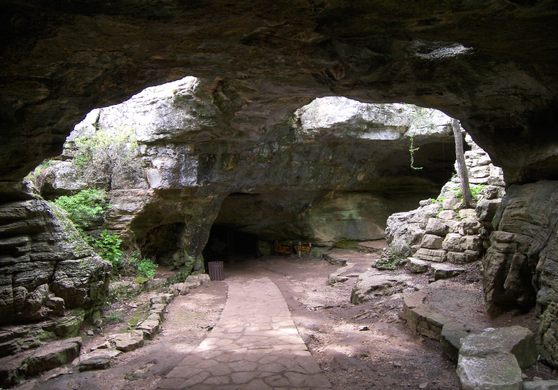
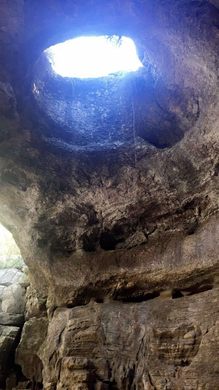

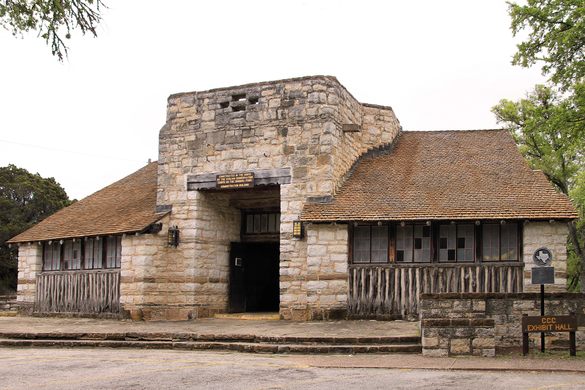





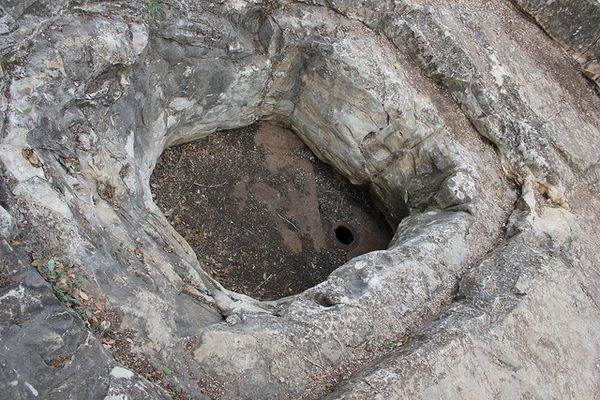

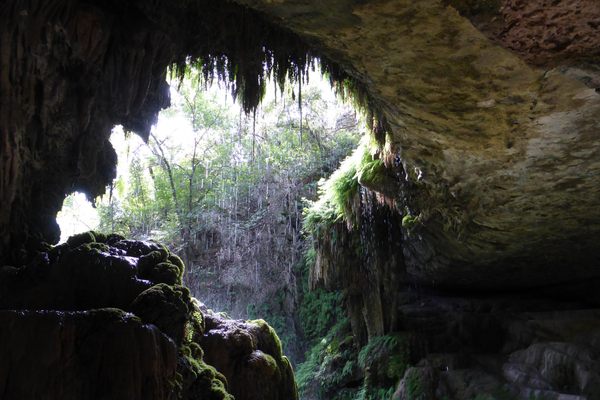
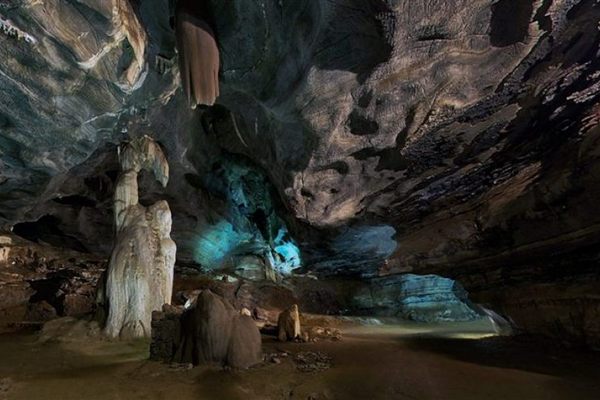
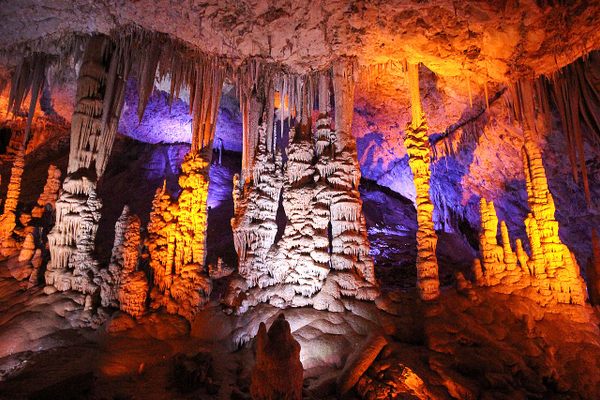

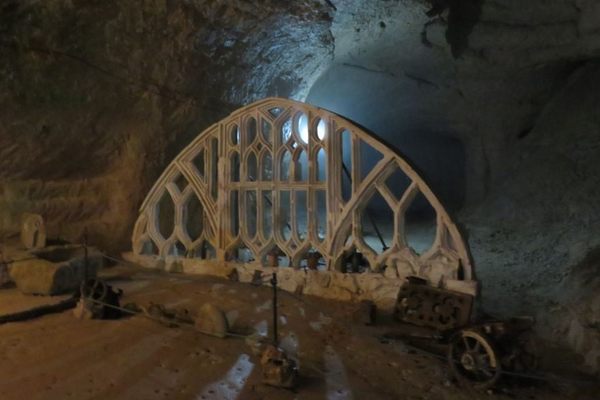

Follow us on Twitter to get the latest on the world's hidden wonders.
Like us on Facebook to get the latest on the world's hidden wonders.
Follow us on Twitter Like us on Facebook